Make Sense News Australia: 27 November-3 December 2020
Contents
How We Choose
We’ve selected the top most engaging news articles on Twitter from Australian news media. The selection criteria are based on logical fallacies statistics found in the retweets and comments.
Critical Concentration
“One rule for SAS, another for Dan Andrews - If we want the truth from our military about how people were killed in Afghanistan, we must also demand it from our political leaders about why people died in Victoria…”
The response contains approximately 23% of comments that look a lot like fallacious reasoning of any type our detector can recognise. Spread between reasoning type groups:
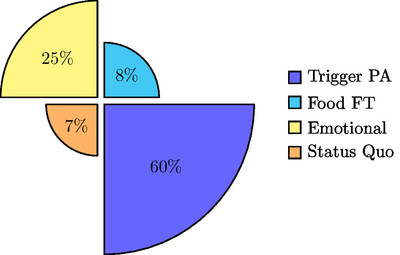
The original article is behind the paywall but the topic of discussion is around civil population fatalities in Afganistan and deaths due to COVID-19 pantemic in Victoria during second wave. This especially important because Chinese government showed an image of such killing by Australian soldier. That could be the result of photoshop exercises but a lot of people took it sencerely.
One of the questions of the discussion in comments - comparing murder and mismanagement (?) led to alleged slauther(?) - is it sensible or not?
PETA CREDLIN: If we want the truth from our military about how people were killed in Afghanistan, we must also demand it from our political leaders about why people died in Victoria. https://t.co/fSyJ9CK3Qa
— Herald Sun (@theheraldsun) November 28, 2020
Examples of logical fallacies from responses:
A disgusting and obscene analogy by a hideous and vile individual.
To much Drugs Lady, hate is not good example for our children .
Triggering News
Inspiring Ad Hominem Fallacy and Name Calling Fallacy.
In this reference to the person, name-calling, and identity politics trigger group during last week, the most prominent tweet was
“…The battle for the Oval Office is ‘still actually heating up…’.”
The response contains approximately 30% of comments that look a lot like fallacious reasoning of ad-hominem type and just plain insults. The spread of those between argument type groups:
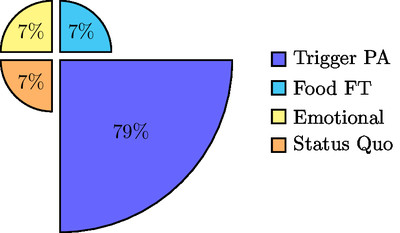
Echo of latest elections in the US. Host said that is there is a battle which is ‘heating up’ and most of commenters say there is none, Donald Trum has lost this time.
Sky News host @rowandean says the battle for the Oval Office is "still actually heating up".https://t.co/d45WCrV5J2
— Sky News Australia (@SkyNewsAust) November 29, 2020
Examples of ad-Hominem and ad-Personam from the comments
The battles that take place in his… loony mind are amusing but rarely factual. Face with tears of joy
Today’s ‘delusional take on a current news story award’ goes to him… (of course).
Food for Thoughts
In this smart argument category - where comments contain a lot of reasoning that looks really like Appeal to Ignorance Fallacy, Reduction to Absurd, Conspiracy Theories, False Dichotomy, Fallacy of Composition or Fallacy of Division.
Last week, the most worth reading tweet in this group was
“Australian scientist heading to China to investigate COVID-19 says ‘we will certainly find answers’”
The response contains approximately 6% of comments that look a lot like fallacious reasoning of such types above. The distribution between types of reasoning:
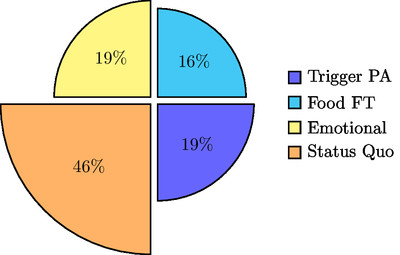
The article describes professor going to China as WHO investigator to find COVID-19 origins, says that ‘ground-breaking findings ‘probably limited’’, mentions that China pushes idea that virus came from abroad, and in finale - ‘But I’m confident we will certainly find answers to some of the questions…’
That’s expected, otherwise there would not be any reason to travel at all. At least in search for the answers. From the comments:
He will find data. Not necessarily answers. Promising answers is not scientific.
Australian scientist heading to China to investigate COVID-19 says 'we will certainly find answers' https://t.co/C6GY5JdqOf
— ABC News (@abcnews) December 2, 2020
Ok. The example:
The only answers you’ll find is what the CCP wants you to find.
Appeal to Emotions
Inspiring in comments something that looks really like Appeal to Emotion Fallacy.
In this Emotional Appeal category last week, the most worth reading tweet was
“Prime Minister Scott Morrison has demanded an apology after a fake image of an Australian soldier threatening a child with a knife was posted on an official Chinese Government Twitter account…”
The response contains approximately 15% of comments that look a lot like fallacious reasoning.
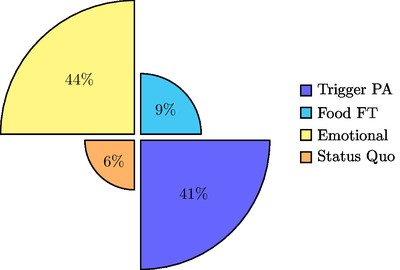
More than half a year ago Australian politicians asked why China allowed COVID to spread not promptly notifying all others on it’s danger. Chinese politicians attitude and actions towards australia followed. The recent one is this image, see the article header.
Prime Minister Scott Morrison has demanded an apology after a fake image of an Australian soldier threatening a child with a knife was posted on an official Chinese Government Twitter account. pic.twitter.com/NB5ZBD8XJr
— SBS News (@SBSNews) November 30, 2020
Examples Appeal to Emotions + Ad Hominem:
One wonders just who us in control in China. They shame themselves with their petty tactics. We are not without blame by any means but we must stand up to coercion and bullying.
Team and Status Quo
Inspiring readers for some arguments that look like contain these logical fallacies: Bandwagon, Hasty Generalization Fallacy, Appeal to Tradition, Appeal to Authority Fallacy or Slippery Slope Fallacy.
In this class last week, the most prominent piece of news was
“…South Dakota and Indiana have the highest rates of COVID-19 hospitalizations per capita nationwide….”
The response contains approximately 8% of comments that look a lot like logical fallacies. The reasoning types composition:
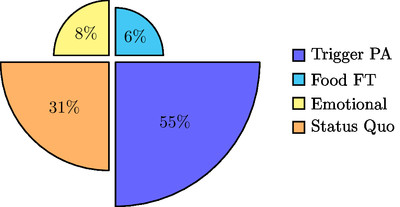
The US is on the second wave of COVID-19.
HOSPITALS STRAINED: South Dakota and Indiana have the highest rates of COVID-19 hospitalizations per capita nationwide.@DavidBegnaud spoke with battle-weary health care workers on the frontlines of the crisis in both states. pic.twitter.com/dpAKlPFA3Y
— CBS Evening News (@CBSEveningNews) December 1, 2020
Hasty generalization / anectodal evidence example:
Oh cry me a river. This is the most slanted news I’ve ever heard. Everyone supposedly “knows” someone who’s died from Covid. However I know tons of people who have had it, and have recovered. To them it was nothing more than a cold or a light flu. This isn’t the plague. Fake news.
If you like it - consider subscribing.
If you want to receive these prominent news selections right as soon as they are ready, please follow us on Twitter: @makesensenews1.
Like our Logical Fallacies News to get L.F. news when right when they are published.
Other top news: All News Articles reviews with Logical Fallacies examples from comments.